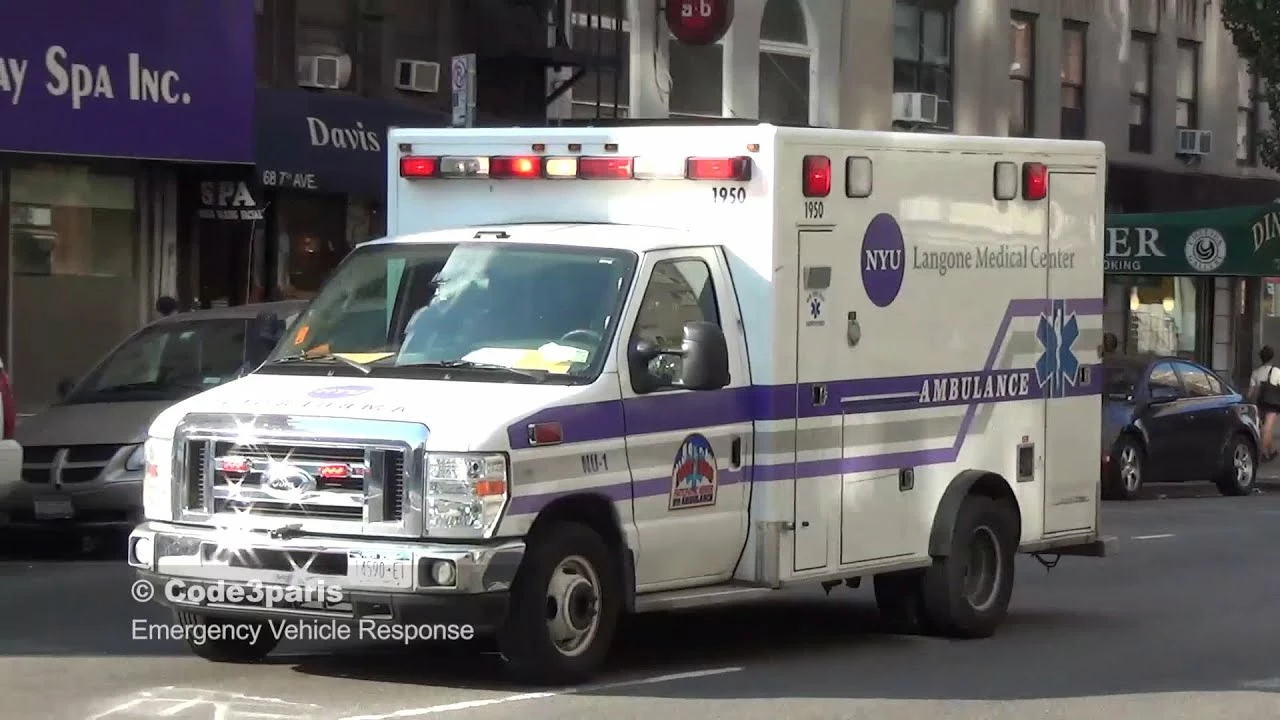Ambulance Services in Motorsport – What You Need to Know
When the lights go out and the cars roar past, the excitement is real – but so is the risk. A crash can happen in a split second, and that’s where the ambulance steps in. It isn’t just a white box parked on the side; it’s a moving emergency hub that can mean the difference between a quick recovery and a serious injury.
At a typical race weekend you’ll see a few ambulances buzzing around the circuit, each equipped with a stretcher, a defibrillator, and a team of trained medical staff. They’re ready to zip to any spot on the track within minutes, pull a driver out of a wreck, and give the first dose of care before anyone even reaches the hospital. That speed saves lives and gets drivers back on track faster – if they’re lucky enough to be able to.
Why an Ambulance Is Essential at Every Race
First off, the speed of a race car – often over 200 mph – means the forces in a crash are huge. Even a minor impact can throw a driver into the air, break bones, or cause internal injuries. An on‑site ambulance cuts down the time between the accident and professional medical attention, which is crucial for issues like head trauma or severe bleeding.
Second, motorsport events are usually held in remote locations or large venues where the nearest hospital could be many miles away. Having an ambulance right there means you don’t have to wait for a regular emergency vehicle to navigate traffic or a long drive to the nearest ER.
Third, the ambulance crew isn’t just a driver and a paramedic. It’s a small team that includes a race‑medicine doctor, a nurse, and often a specialist in spinal injuries. They know the specific injuries that happen in racing and how to treat them without moving the driver too much, which helps prevent further damage.
How Ambulance Teams Work During an Event
Before the first car even hits the track, the ambulance crew runs a safety briefing. They map out the quickest routes, set up communication channels with race control, and check that all their equipment is charged and ready. During the race, they stay in constant contact with the control tower via radio, so they know the exact spot of any incident as soon as it happens.
If a crash occurs, the crew springs into action. One member may race to the crash site in a rapid‑response vehicle while another stays with the ambulance to prep for the arrival. They secure the driver, assess breathing, and if needed, start CPR or use a defibrillator. Once the driver is stable, they load them onto the stretcher and head straight to the nearest hospital, all while updating the medical team en‑route.
After the incident, the ambulance crew files a report, reviews what went well, and notes any improvements for the next race. This feedback loop keeps the whole safety system getting better every weekend.
Bottom line: an ambulance at a motorsport event isn’t just a rule – it’s a lifeline. It brings fast, expert care right where the action is, protects drivers from the worst outcomes, and helps keep the sport thrilling without letting safety slip.
In my latest blog post, I explored the question of who is allowed to ride in the back of an ambulance. From my research, I found that typically, immediate family members or a close friend can accompany a patient if the paramedics deem it safe and appropriate. It's important to note that this can vary depending on the situation and the policies of the ambulance service. In some cases, it might not be feasible for anyone to ride along due to space constraints or the severity of the patient's condition. Overall, it's best to follow the guidance of the paramedics to ensure the safety and well-being of the patient and the crew.


